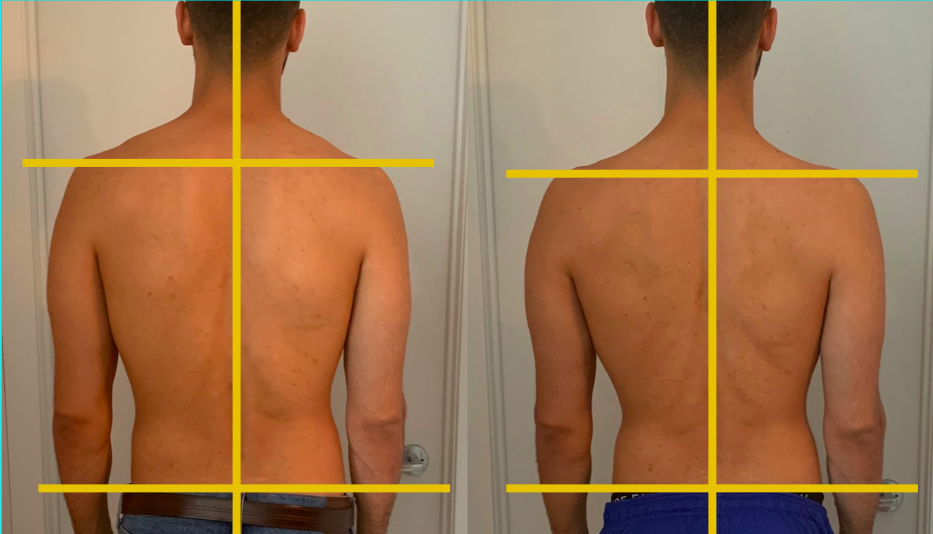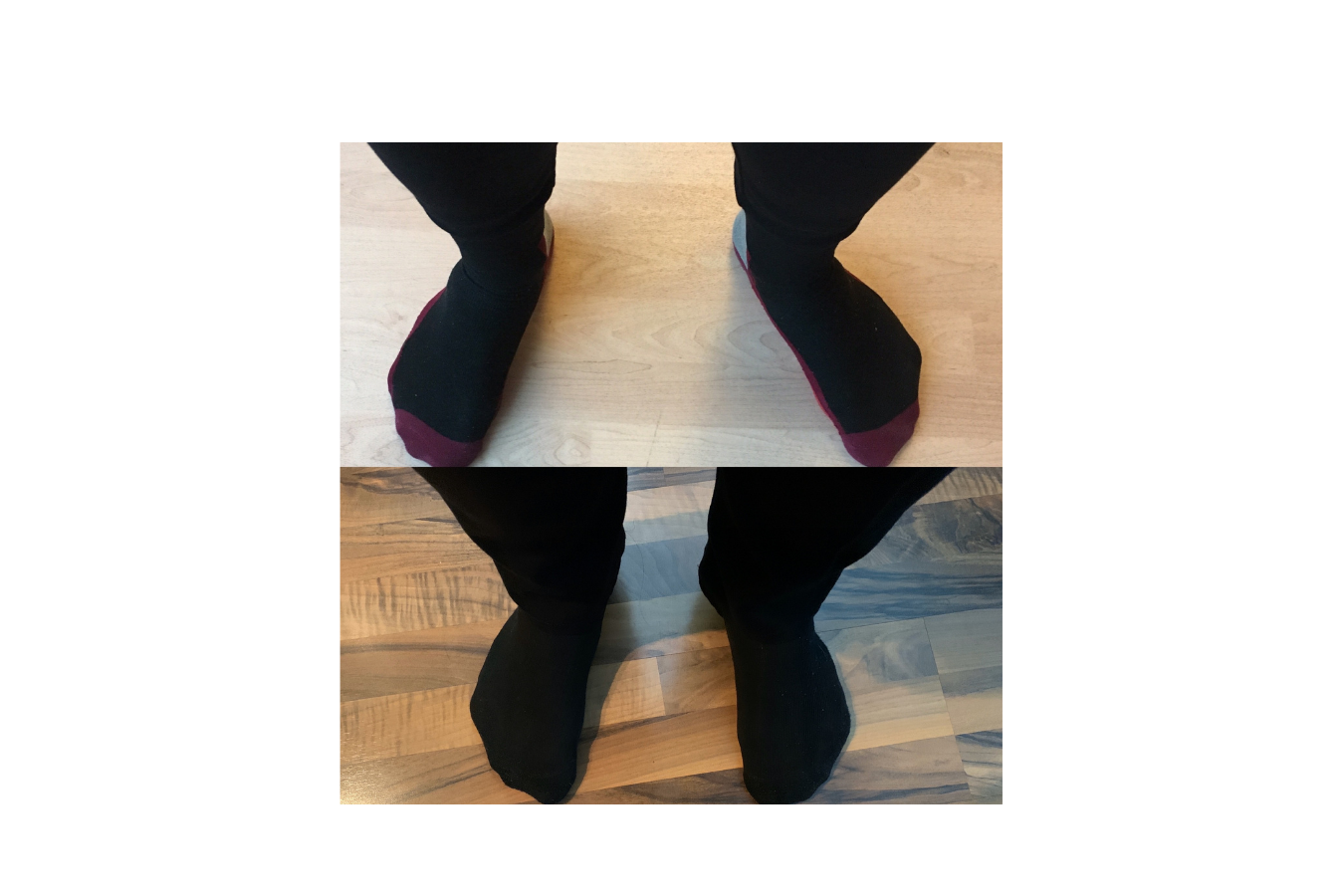Fascial Stretch Therapy (FST)
Unlock Your Body. Move With Ease. Breathe More Freely.
Fascial Stretch Therapy is a unique, assisted stretching technique that targets not just your muscles—but the fascia, the connective tissue that surrounds and supports everything in your body. Unlike static stretching or traditional massage, FST works with your body’s natural movement patterns to create deep, lasting change in how you feel and function.
What Makes FST Different?
FST is performed on a treatment table using comfortable straps to stabilize your body while I gently guide you through dynamic, pain-free stretches. These movements are smooth, rhythmic, and deeply relaxing—designed to open up your hips, spine, shoulders, and joints without forcing anything.
The goal? To decompress your joints, hydrate your fascia, and restore balance in the nervous system so your body can move the way it’s meant to.
What to Expect
Sessions are fully clothed (athletic wear is best) and may include Myofascial Release, breath work, ELDOA or other active movement techniques to help you achieve your health & wellness goals
Most people leave feeling lighter, more open, and deeply relaxed—often with noticeable improvements in range of motion, alignment, and posture after just one session.
Why I Love FST
Fascial Stretch Therapy was the foundation of my practice and one of the biggest game-changer. It’s what inspired me to open Stretch Therapy & Wellness in the first place—and it remains one of my most loved modalities for helping people move and feel better in a truly holistic way.
“Science shows that the NeuroMyoFascial system must be incorporated for optimal results in pain management, rehabilitation and functional training. Stretch to Win® - Fascial Stretch Therapy has been doing this since 1995 and has since evolved into a complete system that is successfully being used in medical, fitness and sports facilities all over the world.” Stretch to Win Institute


Results can vary depending on severity however FST is a highly effective therapy that delivers full results in as little as one session.
FST can help with:
Chronic stiffness or tension (especially in hips, low back, shoulders, and neck)
Limited mobility or flexibility
Poor posture or joint imbalances
SI joint dysfunction and pelvic alignment issues
Recovery from training, burnout, or injury
Nervous system regulation and breath expansion
Stress and emotional holding in the body
Who benefits from FST?
People with sedentary jobs such as desk jobs
People who suffer from circulation issues, tension headaches, muscle tension and chronic pain
Athletes/fitness enthusiasts
People who perform repetitive movements daily ie: construction & factory workers
People rehabbing an injury
People with muscle imbalances causing poor posture
FST is covered under RMT insurance benefits. RMT receipts provided.
For rates, hours of operation and inquiries, please click HERE
FAQs
What is Fascia?
Fascia is a network of layered connective tissue that surrounds your muscles, nerves, bones, organs, and joints; without your fascia, you would fall apart.
What are joint capsules?
A joint capsule is also a connective tissue structure that surrounds joints and is involved in optimizing the mechanical function of the joint, protecting individual structures and providing supplying it with nutrients.
When fascia and joint capsules are restricted, it can cause:
Decreased joint space, leading to degenerative joint diseases and osteoarthritis
Increased muscle tone, leading to; trigger points, strains, tendonitis, and tears
Increased nervous tissue tone, leading to headaches, trigger points, and muscle tightness
Increased scar tissue formation
Decreased blood flow and energy levels
What should I wear to my appointment?
Wear clothing that you can easily move in as you will be placed into different positions, as well as a pair of shorts that hug the thigh. Clothing options: leggings, tank tops, shorts, sports bras, jogging pants, t-shirts
Should I train before or after my session? This will depend on your current issue and goal for the treatment, please be sure to ask me directly and I will advise you
What makes FST different than other forms of assisted stretching?
The difference between FST and other common forms of assisted stretching is how particular elements (e.g. traction, oscillation, circumduction) that may be identified as stand alone techniques that have long been established as part of the lexicon of manual therapy are safely, anatomically and logically combined, choreographed and systematized into a cohesive method that has been proven valid and reliable many times over for decades ~ Stretch to Win Institute

